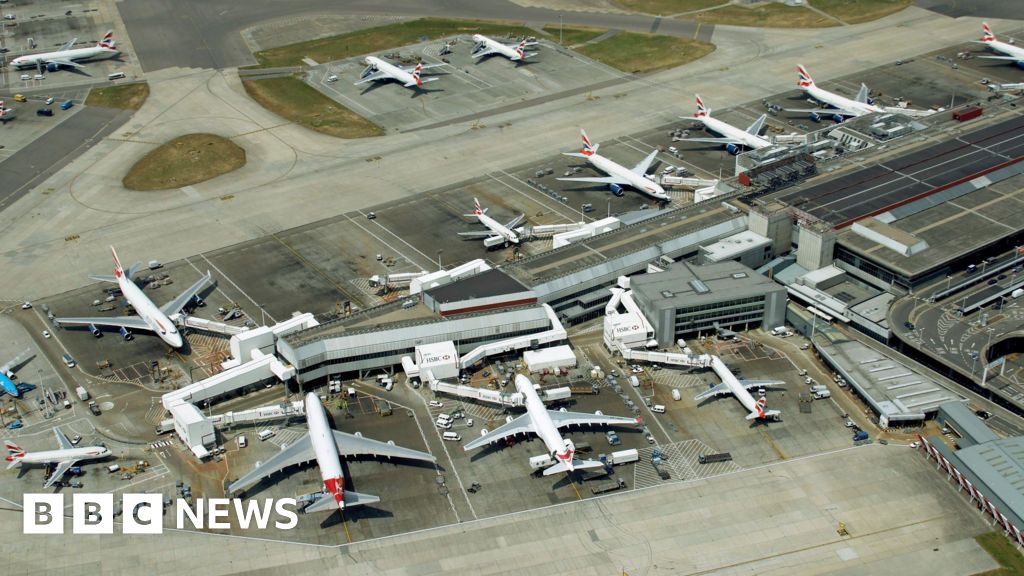There are three levers that can help to ease housing affordability heading forward: Falling mortgage rates, falling home prices, or rising incomes. Due to financial market volatility, mortgage rates are always the lever that can have the biggest impact in the short-term.
A new housing report put out by Morningstar expects mortgage rates will indeed be the primary lever that helps to ease housing affordability.
As of Friday, the average 30-year fixed mortgage rate tracked by Mortgage News Daily stands at 7.14%. Morningstar expects that’ll trend down in the second half of the year, and we’ll average 6.25% for 2023. Morningstar’s forecast model then expects mortgage rates will average 5.00% in 2024 followed by 4.00% in 2025.
“The Fed has engineered a massive increase in interest rates in order to combat high inflation. We expect it to cut the federal-funds rate aggressively in the coming years, driving the [Federal funds] rate down from 5% currently to below 2% by 2025,” wrote economists at Morningstar. “Once the Fed wins the battle against inflation, its priority will shift to jump-starting economic growth, which will require much lower interest rates, in our view.”
Long-term, Morningstar expects mortgage rates to remain low. They cite factors like an aging population and slowed productivity growth that’ll put downward pressure on long-term rates, like mortgage rates.
“Regardless of what happens in the next few years, we expect interest rates to ultimately settle back down at the low levels that prevailed before the pandemic. The low-interest-rate regime will resume once the dust settles from the pandemic economic volatility,” wrote Morningstar. “Our long-term interest-rate projections are driven by secular trends. Factors such as aging demographics, slowing productivity growth, and increasing inequality have acted to push down real interest rates for decades, and these forces haven’t gone away.”
Economists over at Morningstar also expect the other two levers to help out: rising incomes and falling home prices.
“Our revised home price forecast now projects new- and existing-home prices to decline 6% and 4% over 2022 to 2024, respectively,” wrote economists at Morningstar. They call their prediction a “mild correction,” adding that a steeper decline in home prices would be prevented by the fact that “inventory of existing homes for sale remains below pre-pandemic levels.”
Among forecasters, Morningstar is on the low side when it comes to mortgage rates. Heading forward, the Mortgage Bankers Association and Fannie Mae expect the average 30-year fixed mortgage rate to end 2023 at 4.9% and 5.6%, respectively. Moody’s Analytics expects mortgage rates to drift down to 6% by late 2024, and to 5.5% by the end of 2025.
On the price front, Morningstar is on the bearish side. Firms like Zillow and CoreLogic think national house prices will rise 5.0% and 4.6%, respectively, over the coming 12 months. Moody’s Analytics doesn’t think the bottom is in, and expects a peak-to-trough decline of around 8% for national house prices.
When it comes to mortgage rate and home price forecasts, it might be best to take them with a grain of salt. Uncertainty in the economy makes it hard to predict both mortgage rates and house prices.
Want to stay updated on the housing market? Follow me on Twitter at @NewsLambert, or on Threads at newslambert.
Credit: Source link










